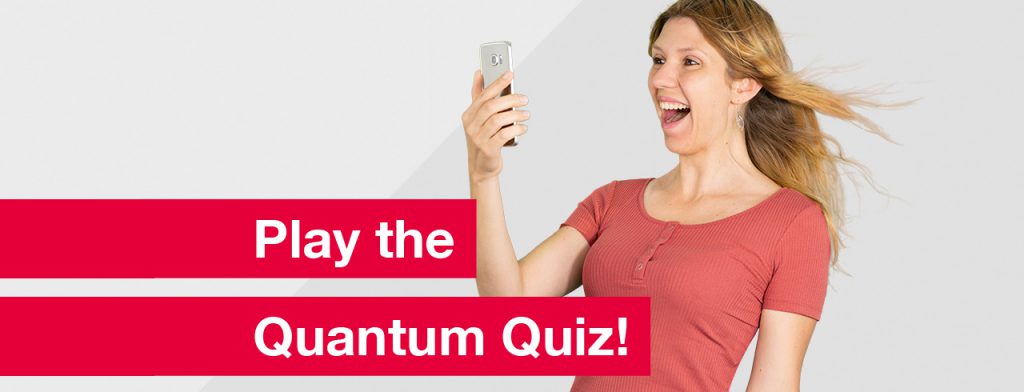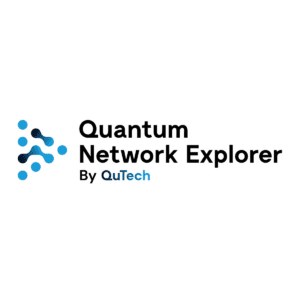16.10.2020News
World’s record entanglement storage sets up a milestone for the European Quantum Internet Alliance
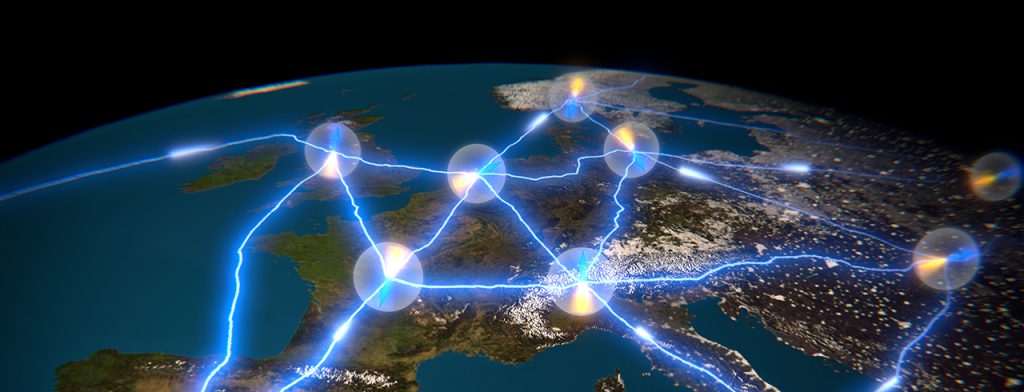
A “quantum internet” that connects multiple locations is a key step in quantum technology roadmaps worldwide. In this context, the European Quantum Flagship Programme launched the Quantum Internet Alliance in 2018.
The Quantum Internet Alliance
The consortium, coordinated by Stephanie Wehner from QuTech, consists of twelve leading research groups at universities from eight European countries, in close cooperation with over twenty companies and institutes. They combine their resources and areas of expertise to develop a blueprint for a future quantum internet and the required technologies.
A quantum internet uses an intriguing quantum phenomenon to connect different nodes in a network together. In a normal network connection, nodes exchange information by sending electrons or photons back and forth, making them vulnerable to eavesdropping. In a quantum network, the nodes are connected by “entanglement”, the famous “spooky action at a distance”. These non-classical correlations at large distances would allow not only secure communications beyond direct transmission but also distributed quantum computing or enhanced sensing.
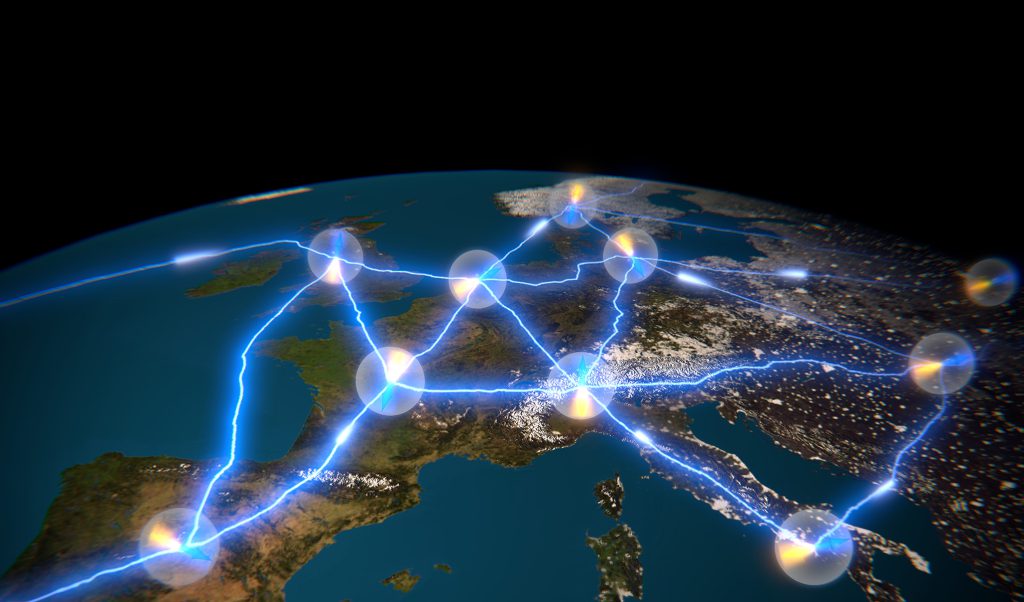
One major challenge in building large-scale quantum networks is the ability to generate such correlations between distant nodes. In principle, this challenge can be overcome if entanglement is reliably stored in devices called “quantum memories”.
Memories for quantum entanglement
By splitting the long-distance into several shorter segments, one can create entanglement between the ends of these elementary links, and then connect them until both initial nodes are entangled. The quantum memories are here to store the entanglement, and ensuring that entanglement has been created over all the segments before performing the connections. This protocol is known as a “quantum repeater”. A critical parameter is the efficiency of the quantum memories: if one memory fails in recording or retrieving the entangled lights, the quantum repeater cannot function properly. For instance, an increase in storage-and-retrieval efficiency from 60% to 90% drastically decreases, typically by 2 orders of magnitude, the average time for entanglement distribution over a distance of 600 kilometres. One of the goals of the QIA consortium is to lay the groundwork for quantum repeater technology by building highly efficient memories for entanglement, using different physical platforms.
In the October 2020 online issue of Optica, Prof. Julien Laurat and his team at Kastler Brossel Laboratory (Sorbonne Université, CNRS, ENS-Université PSL, Collège de France) reported a long-awaited step for this endeavour. They have demonstrated the storage and retrieval of entangled light beams into two quantum memories, with an overall efficiency as high as 85%. This value constitutes more than a three-fold increase relative to prior works in the field. “This achievement is the result of 10 years of experimental developments in our lab. It now opens the path to further investigations as many potential network architectures assume such efficiency value for scalability”, says Félix Hoffet, a PhD student at LKB and one of the leading authors of the paper.
Towards world’s record entanglement storage
The Paris experiment involved a very elongated ensemble of laser-cooled cesium atoms and was based on the protocol called electromagnetically-induced transparency. A control laser beam makes the medium transparent and slows down the impinging signal light carrying the information. When the signal is contained within the ensemble and the control beam is turned off, the information is converted into a collective excitation of the atoms, which is stored until the control beams are turned on again. Laurat’s team first generated two light beams that are entangled and then mapped them into two memories following this protocol. By using specific atomic transitions and reaching a very large absorption in each memory, the researchers were able to write and read out the entanglement with unprecedented efficiency, while preserving very low noise contamination.
“Our record efficiency first required a strong theoretical effort to understand better the limiting factors in our prior implementation and then an experimental tour-de-force to combine all the required ingredients together” adds Mingtao Cao, a former Marie Curie postdoctoral fellow and the other leading author of the paper. Alexandra Sheremet, a former Marie Curie Fellow and also an author of the paper, played a key role in simulating the whole process and taking into account the complexity of multiple energy levels in this atomic system.
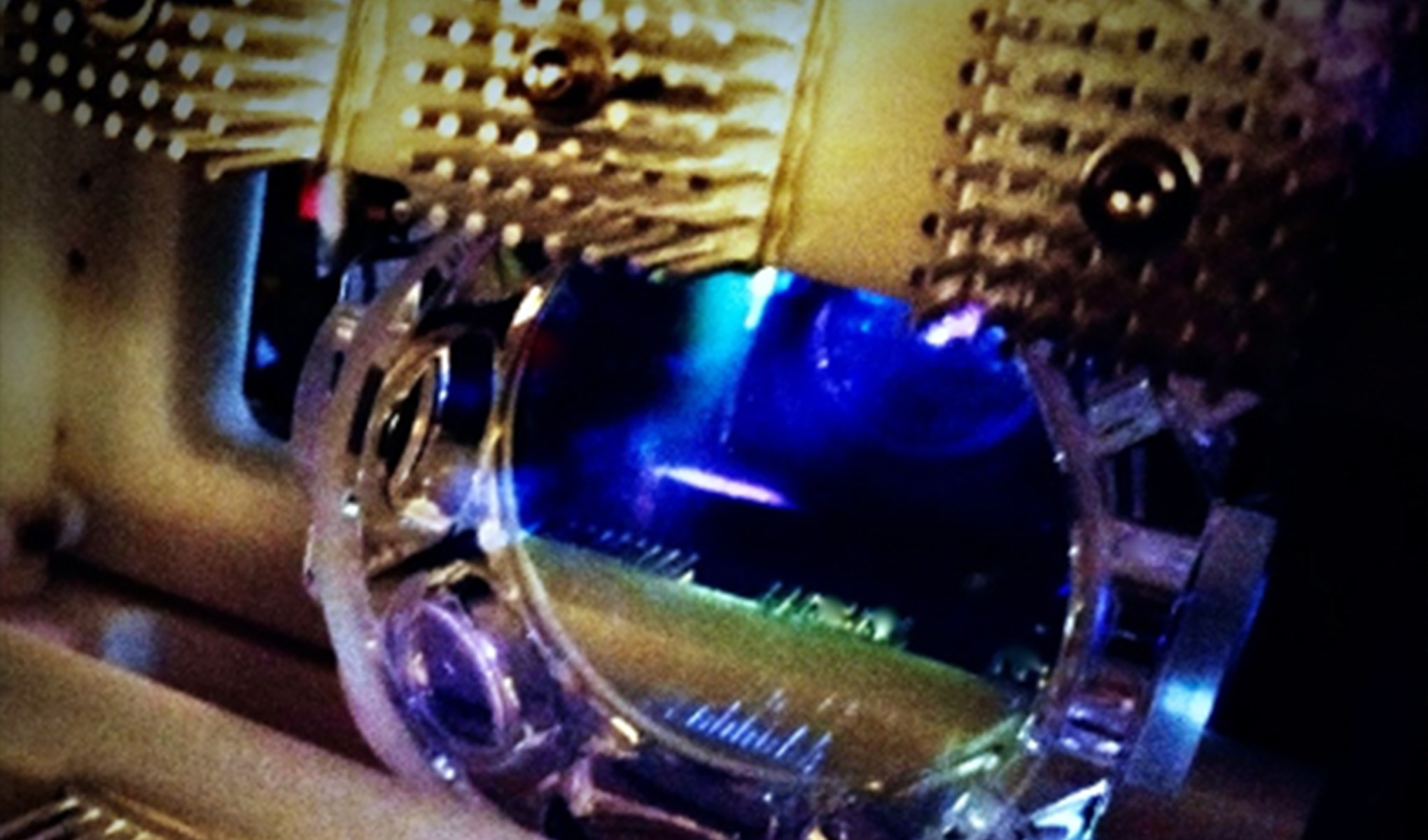
The work reported in Optica is a stepping-stone for further investigations. However, the path for building large-scale networks is still paved with challenges. For example, efficient quantum memories also need to have long storage times in order to create entanglement faster than it is lost. This critical feature can also come with the ability to store different information in parallel. The QIA consortium is tackling these various aspects, both theoretically and experimentally. Prof. Laurat’s team in Paris is focusing for instance on the development of “spatially-multiplexed” memories that can store several states at the same time in order to parallelize quantum connections.
Contact Information
Julien Laurat
Professor at Sorbonne University, Laboratoire Kastler Brossel
julien.laurat@sorbonne-universite.fr
quantumnetworks.lkb.ens.fr
More information
- The title of the paper is “Efficient reversible entanglement transfer between light and quantum memories”. It is available in the October online issue of the OSA open-access journal Optica.
- Reference: M. Cao*, F. Hoffet*, S. Qiu, A. S. Sheremet, and J. Laurat, Optica 7, 1440-1444 (2020). DOI: 10.1364/OPTICA.400695 https://doi.org/10.1364/OPTICA.400695

